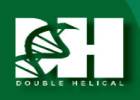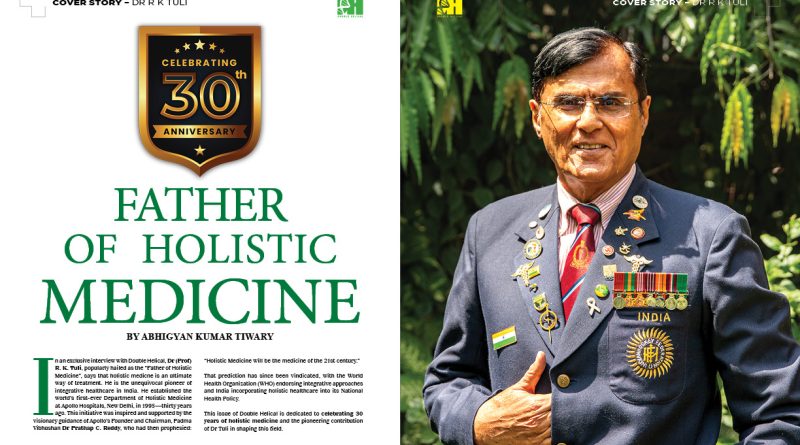Pioneering Holistic Healthcare
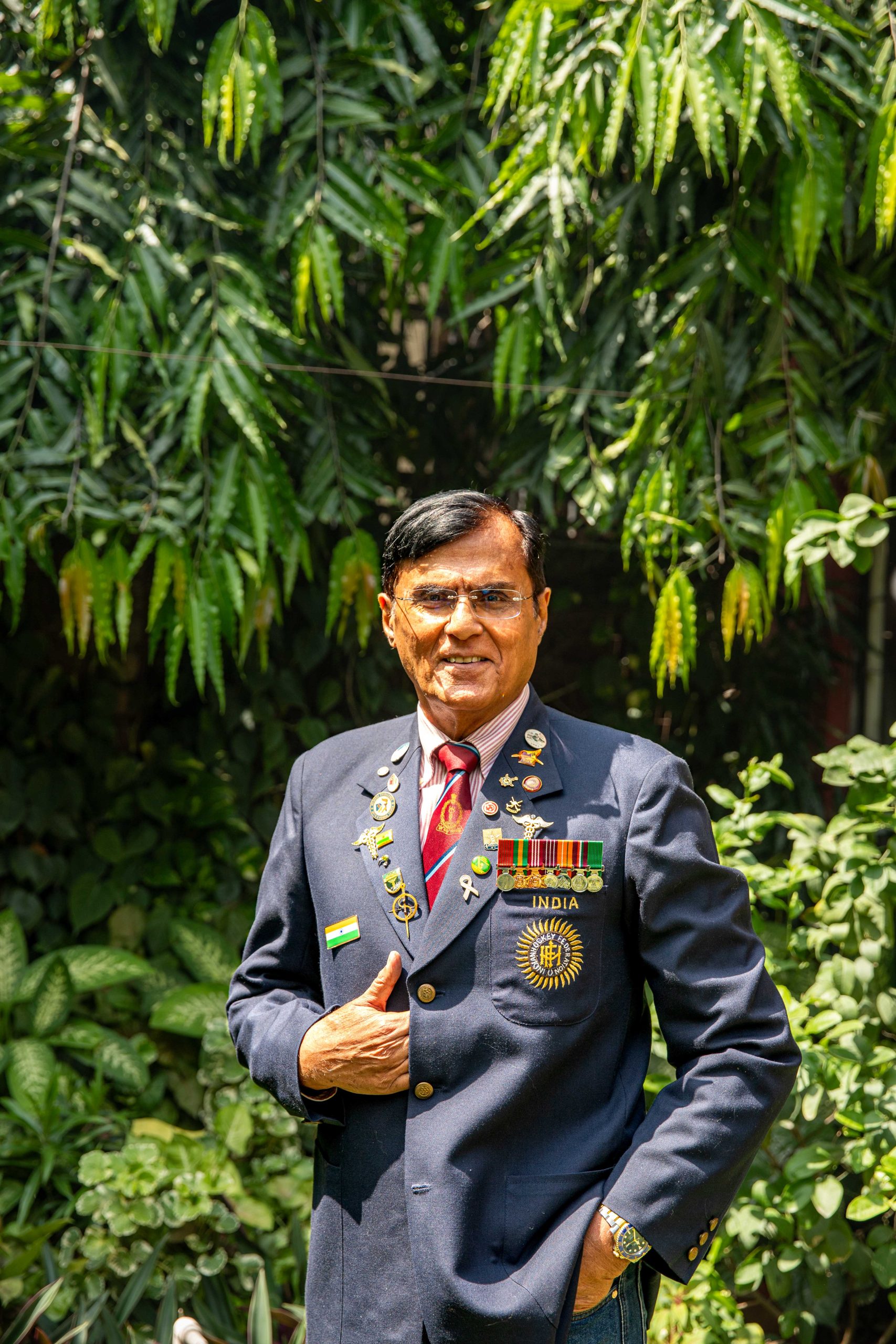
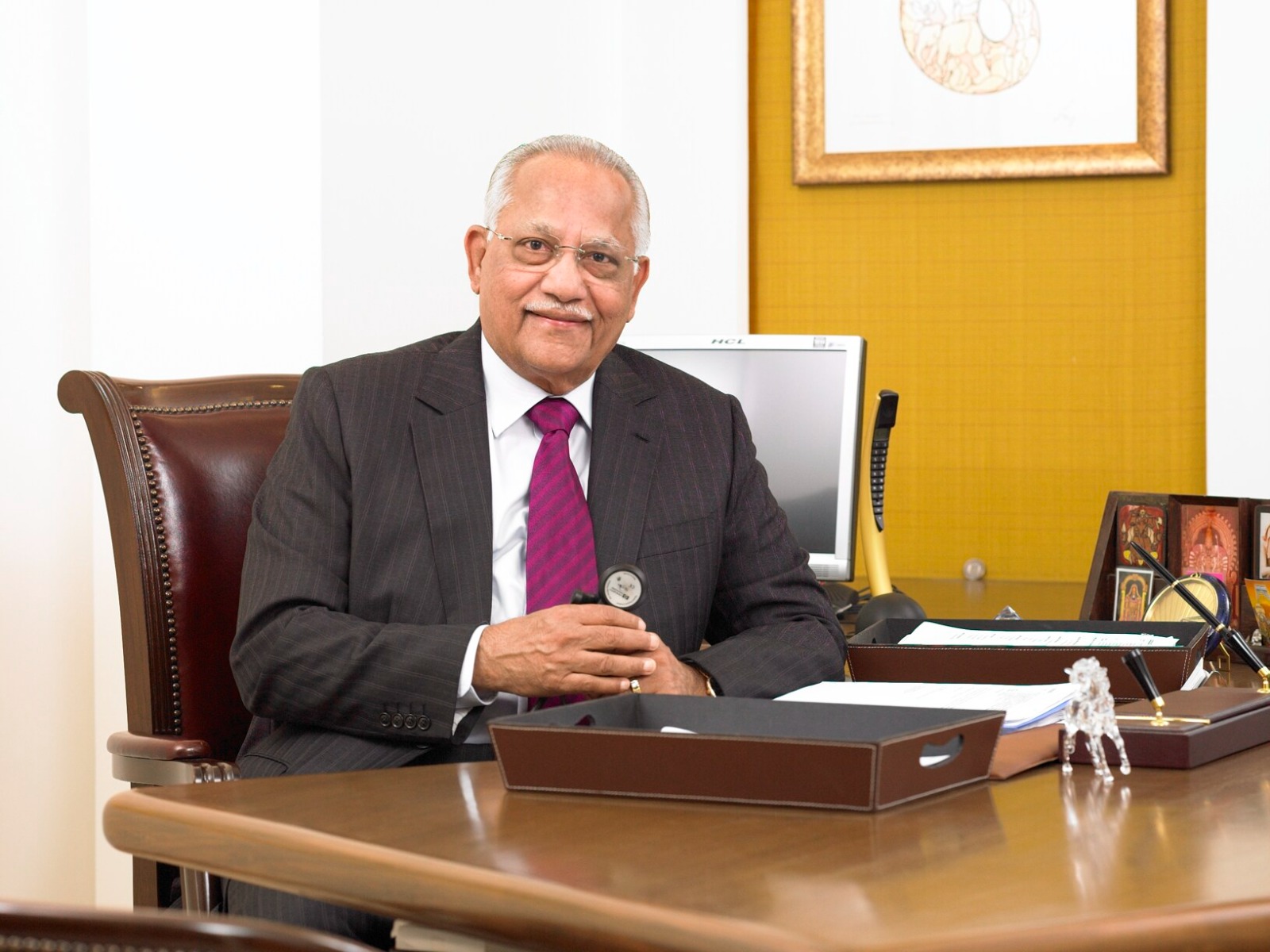
Father of holistic medicine
In an exclusive interview with Double Helical, Dr (Prof) R. K. Tuli, popularly hailed as the “Father of Holistic Medicine”, says that holistic medicne is an ultimate way of treatment. He is the unequivocal pioneer of integrative healthcare in India. He established the world’s first-ever Department of Holistic Medicine at Apollo Hospitals, New Delhi, in 1995—thirty years ago. This initiative was inspired and supported by the visionary guidance of Apollo’s Founder and Chairman, Padma Vibhushan Dr Prathap C. Reddy, who had then prophesied: “Holistic Medicine will be the medicine of the 21st century.”
That prediction has since been vindicated, with the World Health Organization (WHO) endorsing integrative approaches and India incorporating holistic healthcare into its National Health Policy.
This issue of Double Helical is dedicated to celebrating 30 years of holistic medicine and the pioneering contribution of Dr Tuli in shaping this field.
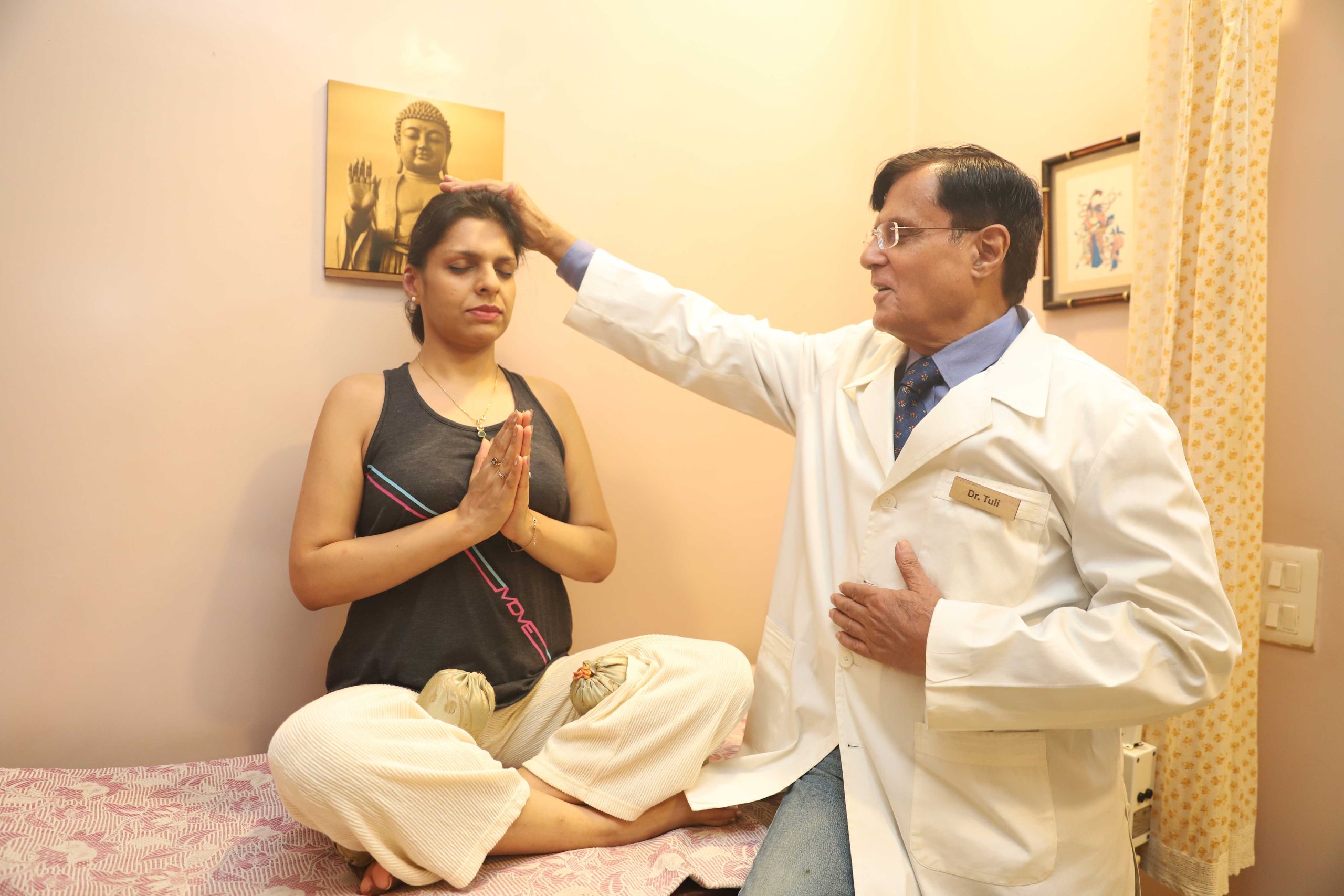 Pioneering Holistic Healthcare
Pioneering Holistic Healthcare
Modern medicine has given humanity unprecedented tools to fight disease, yet its very success has also exposed its limitations—drug side effects, spiralling costs, and the inability to offer sustainable wellness. Dr R K Tuli—pioneer of holistic medicine in India— has spent more than five decades championing an integrative, holistic approach to healthcare. After establishing the world’s first Department of Holistic Medicine at Indraprastha Apollo Hospitals in 1995, he has consistently demonstrated that combining the science of modern medicine with the drug-free art of traditional systems can deliver cure, not just relief. His SOHAM model—focusing on body, mind, and spirit—seeks to redefine what health means in its true sense.
Dr Tuli has worked relentlessly to integrate drug-free therapies such as yoga, acupuncture, naturopathy, and lifestyle interventions with evidence-based modern medicine.
In a free-wheeling and comprehensive interview with Double Helical, Dr Tuli reflects on his journey, and highlights why holistic medicine holds the key to accessible, affordable, and sustainable healthcare for the 21st century.
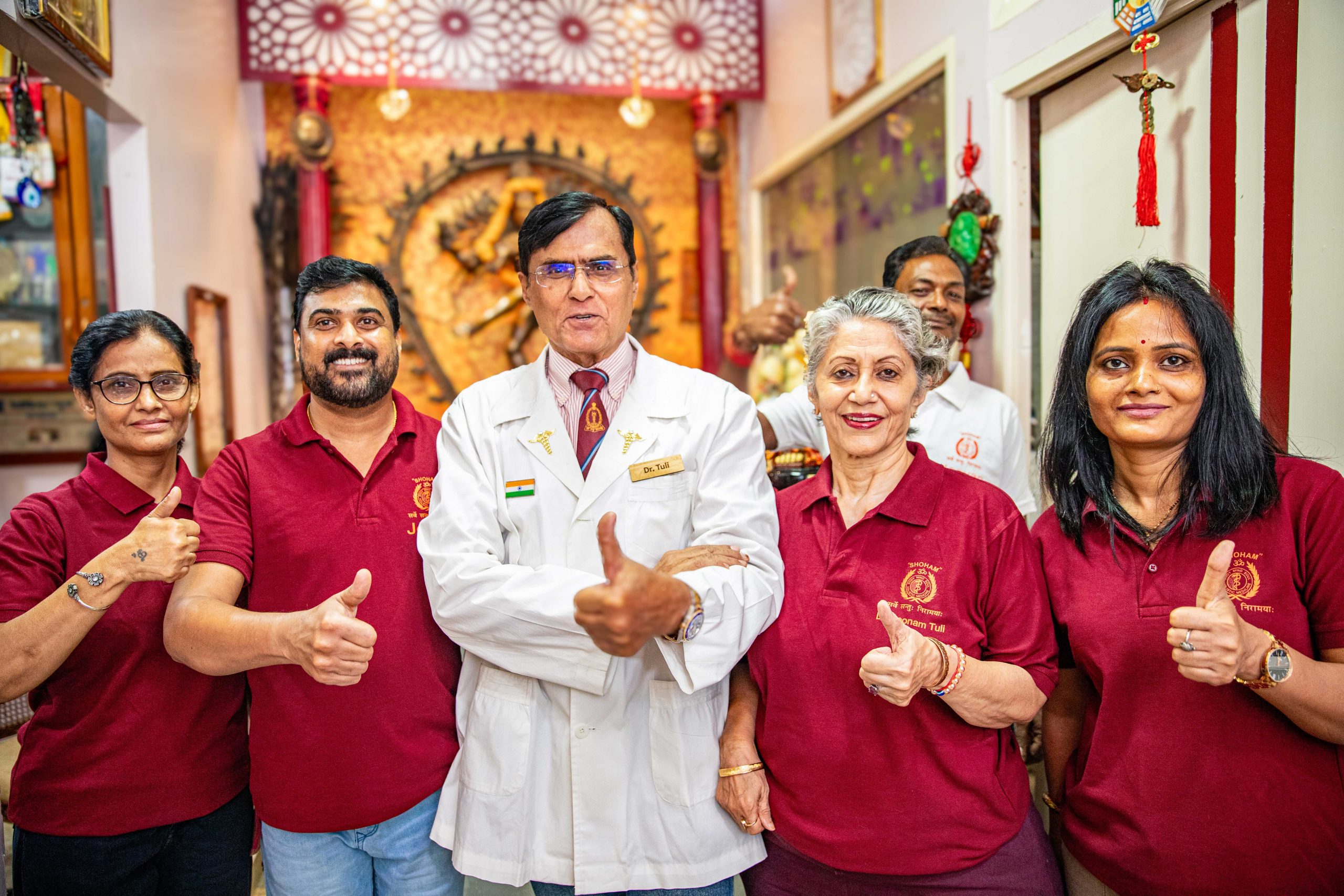 You set up what’s described as the world’s first Department of Holistic Medicine at Indraprastha Apollo Hospitals in 1995. Looking back, do you think the practices and specific clinical protocols introduced then have stood the test of time?
You set up what’s described as the world’s first Department of Holistic Medicine at Indraprastha Apollo Hospitals in 1995. Looking back, do you think the practices and specific clinical protocols introduced then have stood the test of time?
I was invited by the Founding Chairman of the Apollo Group of Hospitals, Dr Prathap C. Reddy, in 1995 while the Indraprastha Apollo Hospitals in Delhi was under construction, based on feedback from some prominent Indian influencers. These individuals, having been his regular patients at Chennai’s leading hospital at the time, reported remarkable recoveries from ailments previously deemed incurable by conventional medicine. Dr Reddy was intrigued, wondering how what the world’s best medical care couldn’t achieve was being accomplished, as one patient after another regained health and became free of all medical support. I explained that these benefits stemmed from complementing the ‘science’ of modern medicine with the drug-free ‘art’ of various traditional health systems, a synergy that thrilled him. He immediately exclaimed at this innovative approach and made a visionary statement: “This all-inclusive model, termed Holistic Medicine, will be the medicine of the 21st century.”
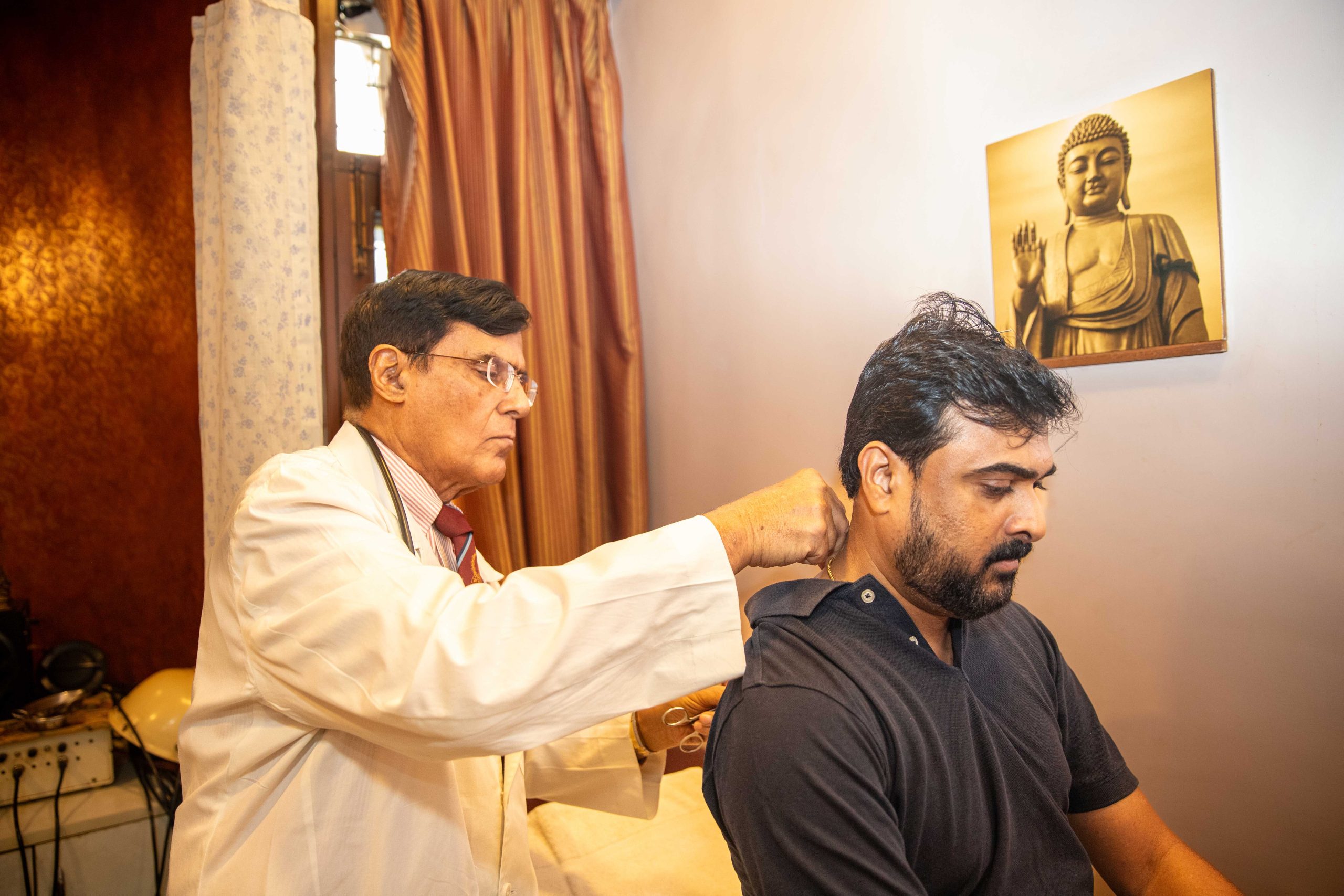 He offered me the opportunity to establish the Department of Holistic Medicine at his then most advanced and upcoming flagship, Indraprastha Apollo Hospitals, which later became India’s first Joint Commission International (JCI)-approved, state-of-the-art multispecialty tertiary care hospital. This was a ‘Eureka’ moment in my professional life, and this department emerged as the world’s first-ever of its kind.
He offered me the opportunity to establish the Department of Holistic Medicine at his then most advanced and upcoming flagship, Indraprastha Apollo Hospitals, which later became India’s first Joint Commission International (JCI)-approved, state-of-the-art multispecialty tertiary care hospital. This was a ‘Eureka’ moment in my professional life, and this department emerged as the world’s first-ever of its kind.
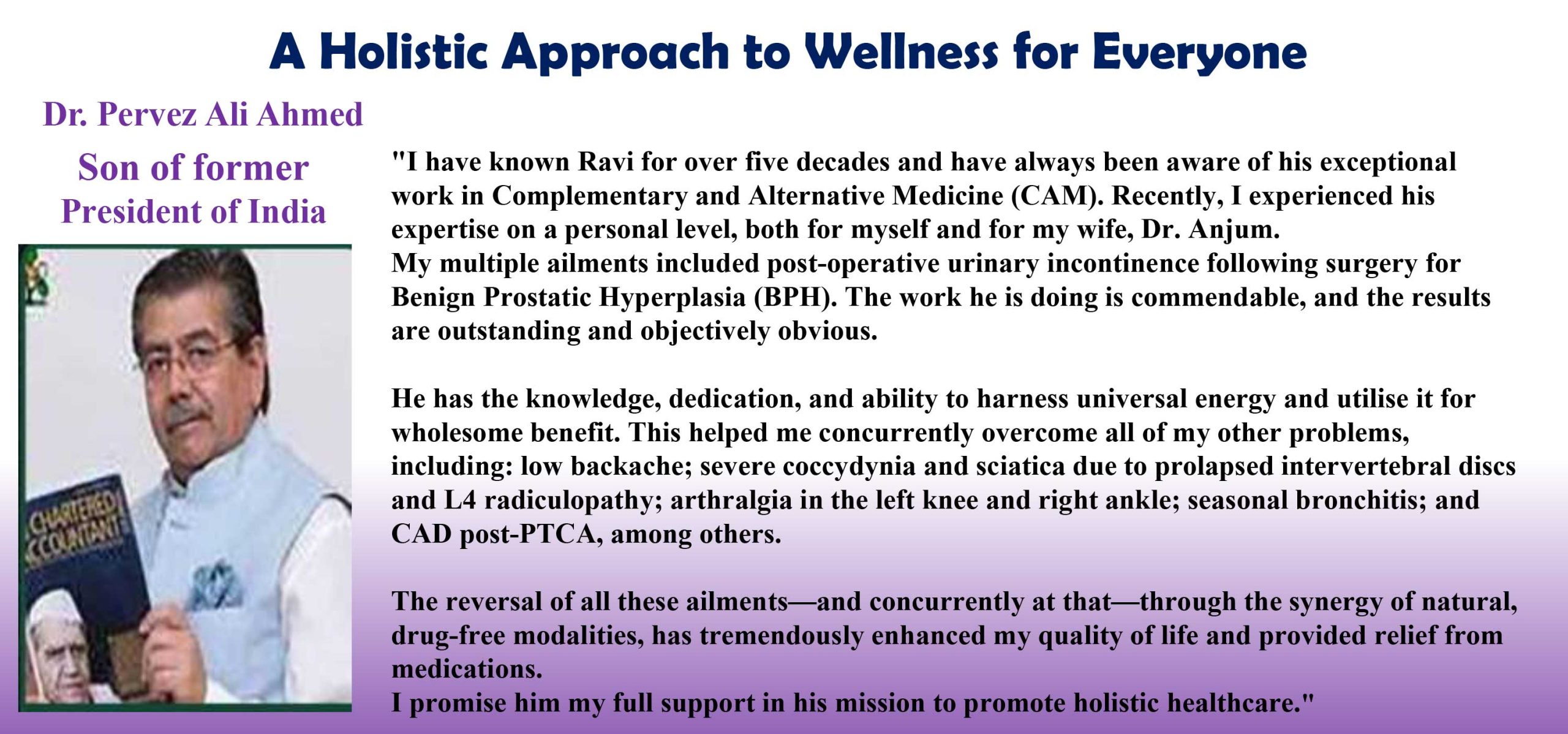
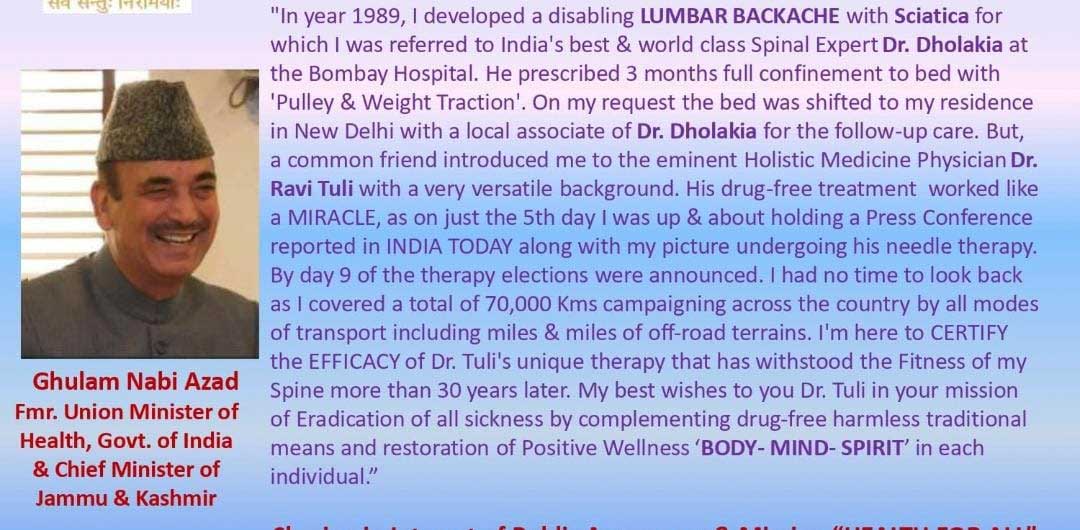
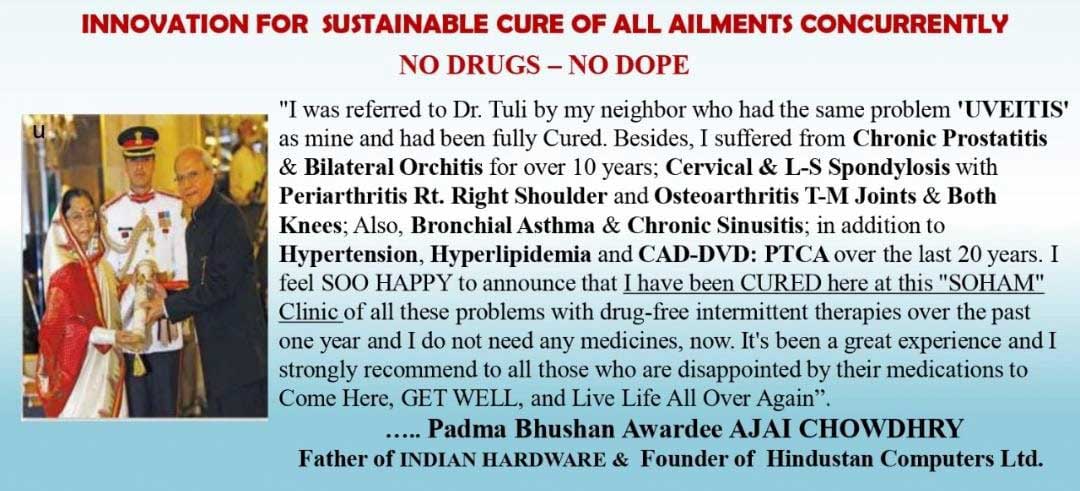
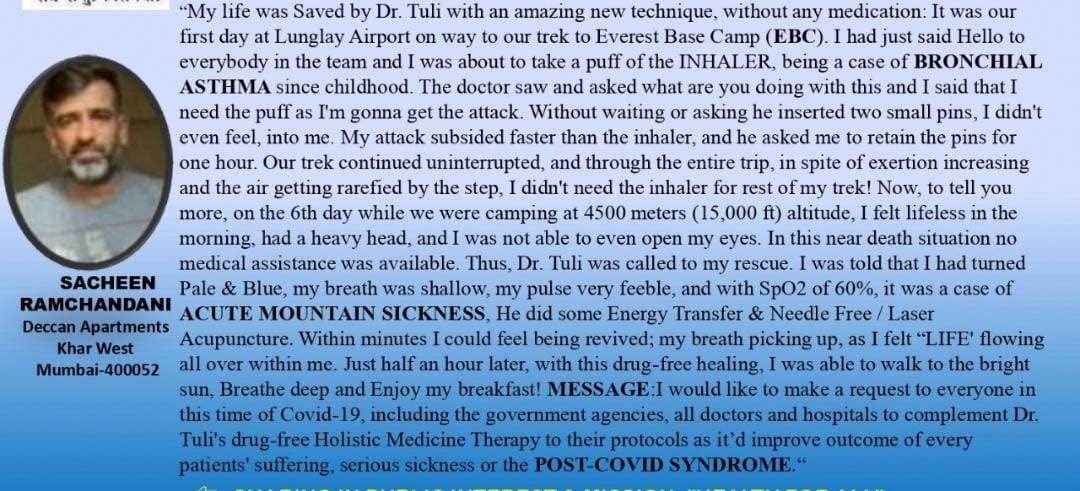
The Department of Holistic Medicine at Indraprastha Apollo Hospitals was indeed a pioneering effort. The protocols developed then have proven their durability, demonstrating consistency, reproducibility, and a remarkable ability to enhance patient outcomes over the years. These protocols integrate evidence-based practices from Ayurveda, Yoga, Naturopathy, and other traditional systems with modern diagnostics, offering a holistic approach that continues to resonate with patients seeking alternatives to pharmaceutical dependency.
However, the journey has not been without challenges. Globally, including among medical peers, there is a perceived threat from the growth of holistic medicine, as its benefits derive entirely from non-pharmaceutical, natural means. Even my advocate for Holistic Medicine, Dr Reddy, could not sustain support for its evidenced benefits due to pressure from vested interests.
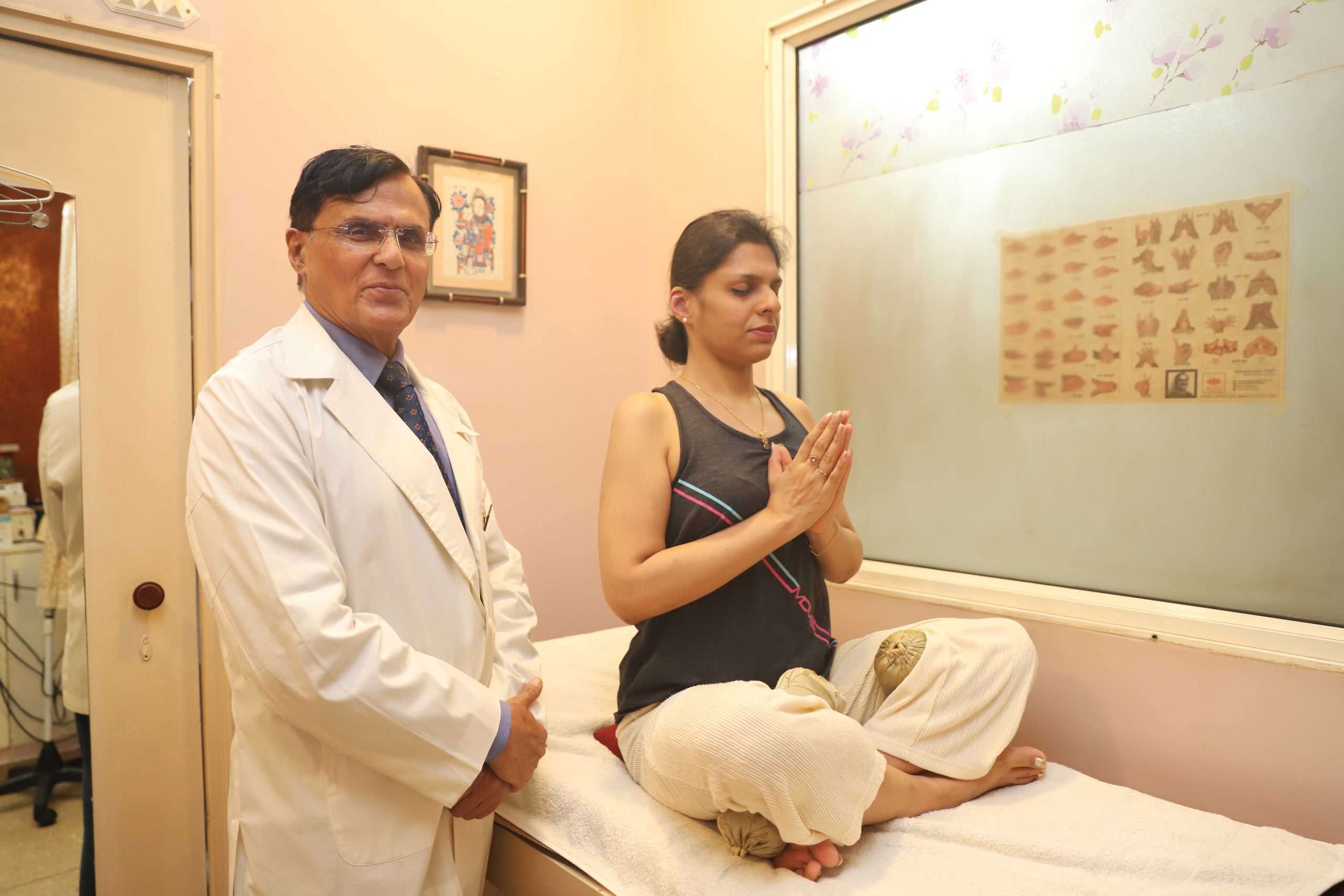 SOHAM talks about “positive health and total wellness” through a body–mind–spirit approach. How do you actually measure success in this model—for example, Patient Reported Outcome Measures (PROMs), return-to-work days, or reduced dependence on medications, or quicker recovery?
SOHAM talks about “positive health and total wellness” through a body–mind–spirit approach. How do you actually measure success in this model—for example, Patient Reported Outcome Measures (PROMs), return-to-work days, or reduced dependence on medications, or quicker recovery?
The name “SOHAM” is of Indian origin. In Sanskrit, it is translated as “I am He” or “I am That,” representing the affirmation of one’s microcosmic divinity and its harmony with the macrocosmic universe: every soul has a presence of God in it. God is within.
The “SOHAM” model of health is termed holistic medicine as it’s dedicated to achieving positive health & total wellness ‘Body–Mind–Spirit’ by expanding the World Health Organization’s (WHO) definition of health as a “state of physical, mental and social wellbeing” by adding to it the Charaka Samhita-enunciated “spiritual” dimension as the core concept of life.
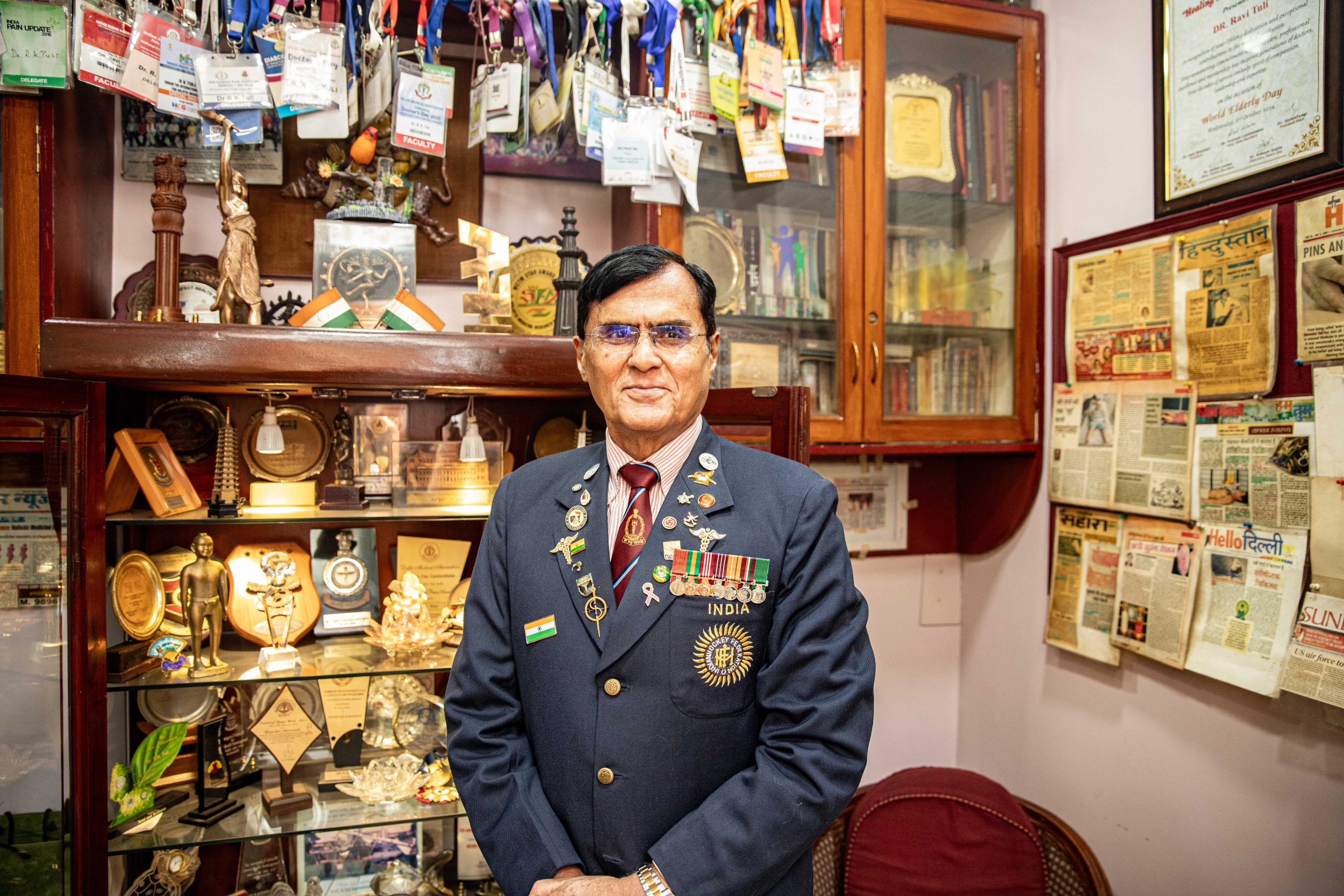 Each of the ingredients of holistic medicine—comprising lifestyle management through Ayurvedic Dincharya and Ritucharya; detoxification massages, Bhedan Kriya further developed and presented to the modern world as Chinese acupuncture, Ashtanga Yoga, conservative management of modern medicine as well as clinical psychology & Psycho-Hypnotherapy—have their individual scientific measures of health. Holistic medicine, however, as an optimum synergy of all, enables much better benefits of all, while overcoming their respective limitations.
Each of the ingredients of holistic medicine—comprising lifestyle management through Ayurvedic Dincharya and Ritucharya; detoxification massages, Bhedan Kriya further developed and presented to the modern world as Chinese acupuncture, Ashtanga Yoga, conservative management of modern medicine as well as clinical psychology & Psycho-Hypnotherapy—have their individual scientific measures of health. Holistic medicine, however, as an optimum synergy of all, enables much better benefits of all, while overcoming their respective limitations.
Thus, its measures of success are PROMs based on subjective and objective parameters: relief from disease symptoms, status of physical, mental and spiritual wellness, independence from medication, and sustained degree of overall wellness.
 The SOHAM model of holistic medicine measures outcomes through a combination of subjective and objective parameters, focusing on Patient-Reported Outcome Measures (PROMs). These measures include relief from disease symptoms, improvement in health conditions, overall well-being across physical, mental, and spiritual dimensions, freedom from medication, and long-term stability of wellness.
The SOHAM model of holistic medicine measures outcomes through a combination of subjective and objective parameters, focusing on Patient-Reported Outcome Measures (PROMs). These measures include relief from disease symptoms, improvement in health conditions, overall well-being across physical, mental, and spiritual dimensions, freedom from medication, and long-term stability of wellness.
Healthcare utilisation, chronic disease control, quality of life assessments, and patient satisfaction are also used as indicators. By incorporating these metrics, holistic medicine provides a comprehensive understanding of outcomes and allows treatment to be tailored to individual needs.
You’ve said holistic medicine can help with many chronic and incurable diseases. Which of these conditions have shown the best results in your practice, and can you share any data or published studies to support this?
My evolution from an established versatile medical physician got initiated by observing its instant reproducible benefits in acute/emergency life-threatening situations at remote locations, far from any medical facility. Today, I’ve the confidence based on my experience of the past 55 years that HOLISTIC word conveys:
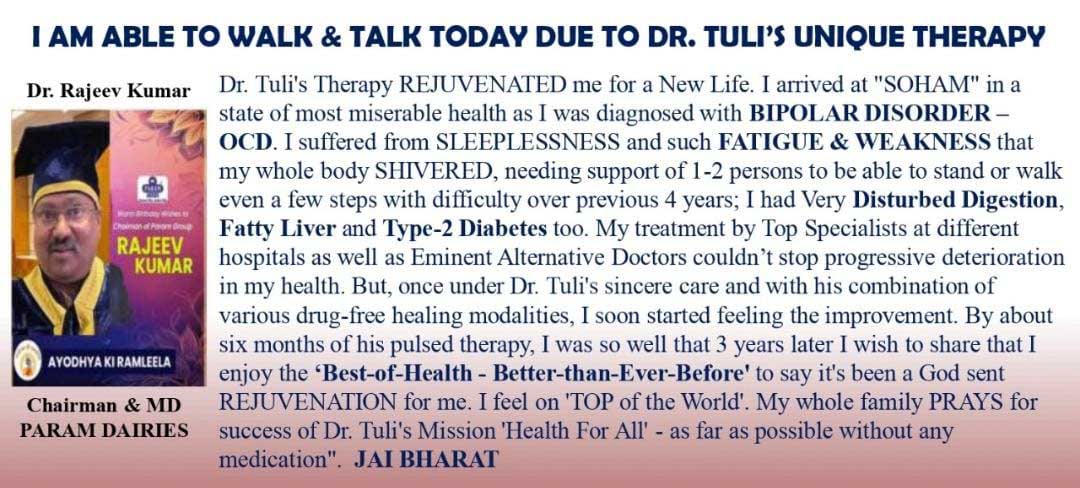
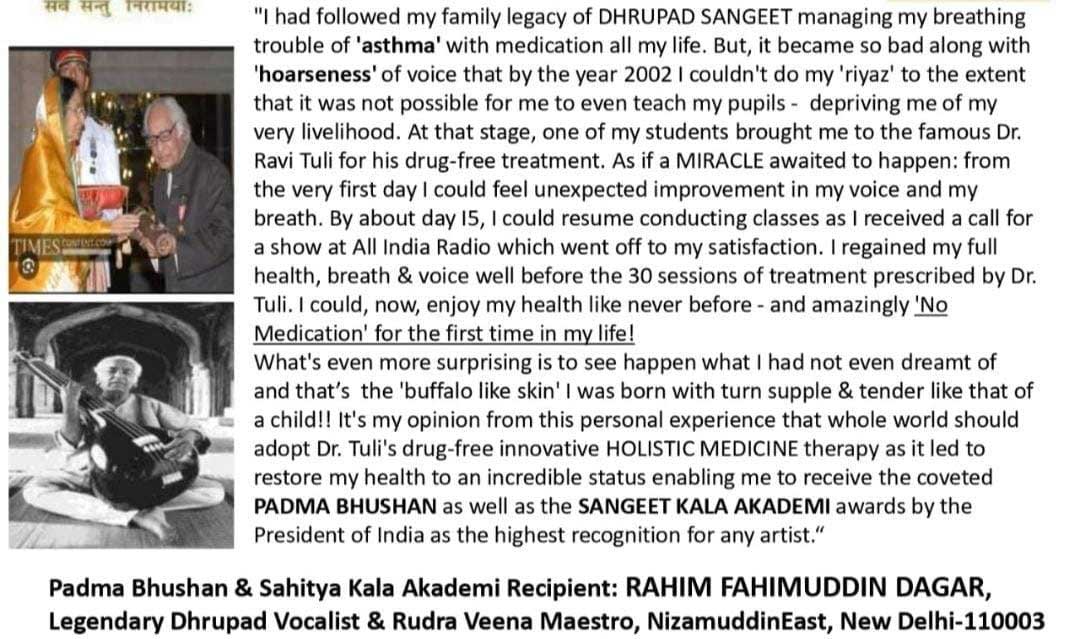 It takes care of the human being as a whole—‘Body, Mind & Soul’—and not merely a disease or specific part of the body. It’s dedicated to sustainable cure, and not merely palliative relief, of all the ailments of an individual concurrently, as far as possible, by harmless natural means.
It takes care of the human being as a whole—‘Body, Mind & Soul’—and not merely a disease or specific part of the body. It’s dedicated to sustainable cure, and not merely palliative relief, of all the ailments of an individual concurrently, as far as possible, by harmless natural means.
It complements best practices of modern medicine with drug-free modalities of recognised traditional (AYUSH) systems of health to achieve its objectives.
It helps to restore disturbed ‘homoeostasis’, thereby initiating inherent natural healing of the person. It helps to add ‘life-to-years’ and enhance ‘quality-of-life’ of each individual.
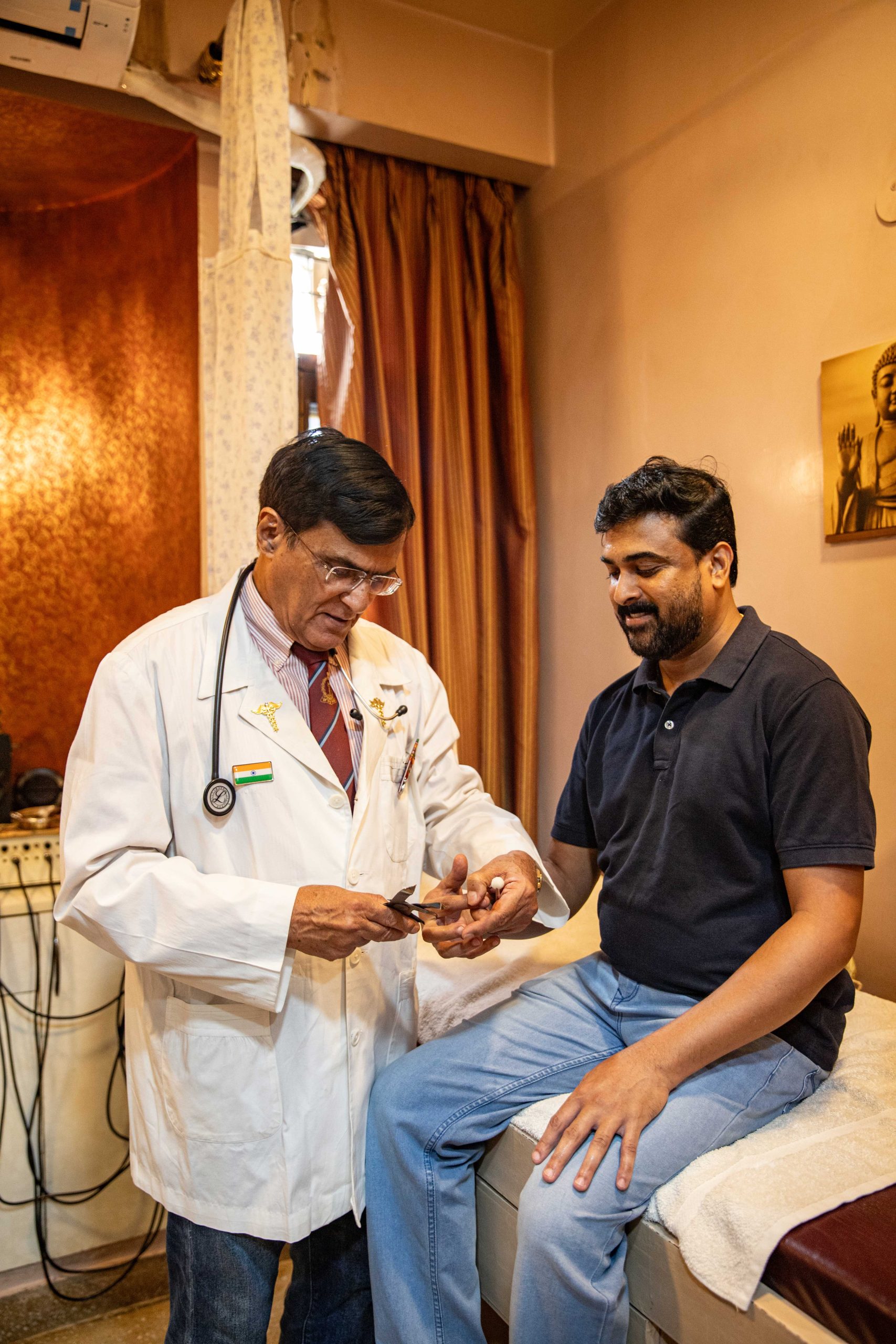 Drug side effects are the bane of modern medicine. How far holistic treatments, which combine methods like acupuncture, diet, and mind–body therapies, help treatment without any adverse effects?
Drug side effects are the bane of modern medicine. How far holistic treatments, which combine methods like acupuncture, diet, and mind–body therapies, help treatment without any adverse effects?
On record, no medical intervention complies with Hippocrates’ dictum, “Primum Non-Nocere”—i.e., First Do No Harm. All the negative effects of medical treatments, interventions, wrong procedures or diagnoses, side effects, reactions, cumulative toxicity, hospital-acquired infections, etc., with negative effects on patient’s health or wellness are collectively termed IATROGENESIS, and WHO rates it as the 3rd direct leading cause of death.
Whereas, the major benefit of holistic medicine therapy is that it uses only drug-free harmless life-force supplementing modalities of Ashtanga Yoga, Ayurvedic Dincharya & Ritucharya as lifestyle enhancement and massages for detoxification, various modalities of acupuncture like moxibustion, reflexology, laser, etc., and Psycho-Hypnotherapy, following the principle “No Drugs – No Dope.”
Besides the sustainable reversal of sickness, holistic medicine therapy improves overall physical, mental, emotional and spiritual wellness of each patient, adding ‘Life-to-Years’ and enhancing ‘Quality-of-Life.’
Given the need to introduce holistic medicine into government health programmes such as the NPCDCS and modern hospitals, how would you ensure its efficacy as well as cost-effectiveness at scale?
Holistic healthcare at various levels with drug-free modalities essentially complements ongoing medical management without any interference. However, with clinical improvement in the patient’s condition, the medical support starts progressively weaning under attending specialist care, until the patient is fully cured and regains wellness—by now well versed with a newfound drug-free lifestyle and encouraging others to follow.
Holistic medicare is best achieved by enhancing the skills of existing medical personnel at all levels: promotive and preventive health at the primary level; early detection and reversal of disease at the secondary level without resorting to long-term dependence; and complementing tertiary care for easier recovery and rehabilitation. This applies to all ailments, including those under NPCDCS.
Thus, holistic medicine with its nationwide campaign at all levels would initiate a culture of highly accessible, acceptable, affordable, and sustainable healthcare with minimal interventions or dependence on high-tech tertiary care. It would enable far higher quality of “Health for All” and lay the foundation for a healthy population to achieve the objectives of Viksit Bharat 2047.
It would also present a model of optimum healthcare to the rest of the world, restoring our nation’s status as Vishvaguru Bharat.
Health insurance for holistic care is yet to take tangible shape. What kind of payment or reimbursement model do you suggest to cover integrative treatments in India?
We need to establish public awareness of the WHO’s recommendation for integrative holistic medicine. Its clinical application must be standardised through professional–public debate, followed by establishing credibility with large-scale multicentric pilot projects involving healthcare workers at all levels.
Progressive introduction of this subject into the curriculum of all systems of medicine is necessary, along with preventive measures to ensure it does not fall into the hands of unqualified quacks.
As a first step, it could be introduced into PM-JAY Ayushman Bharat, various government health schemes, and extended by insurance companies.
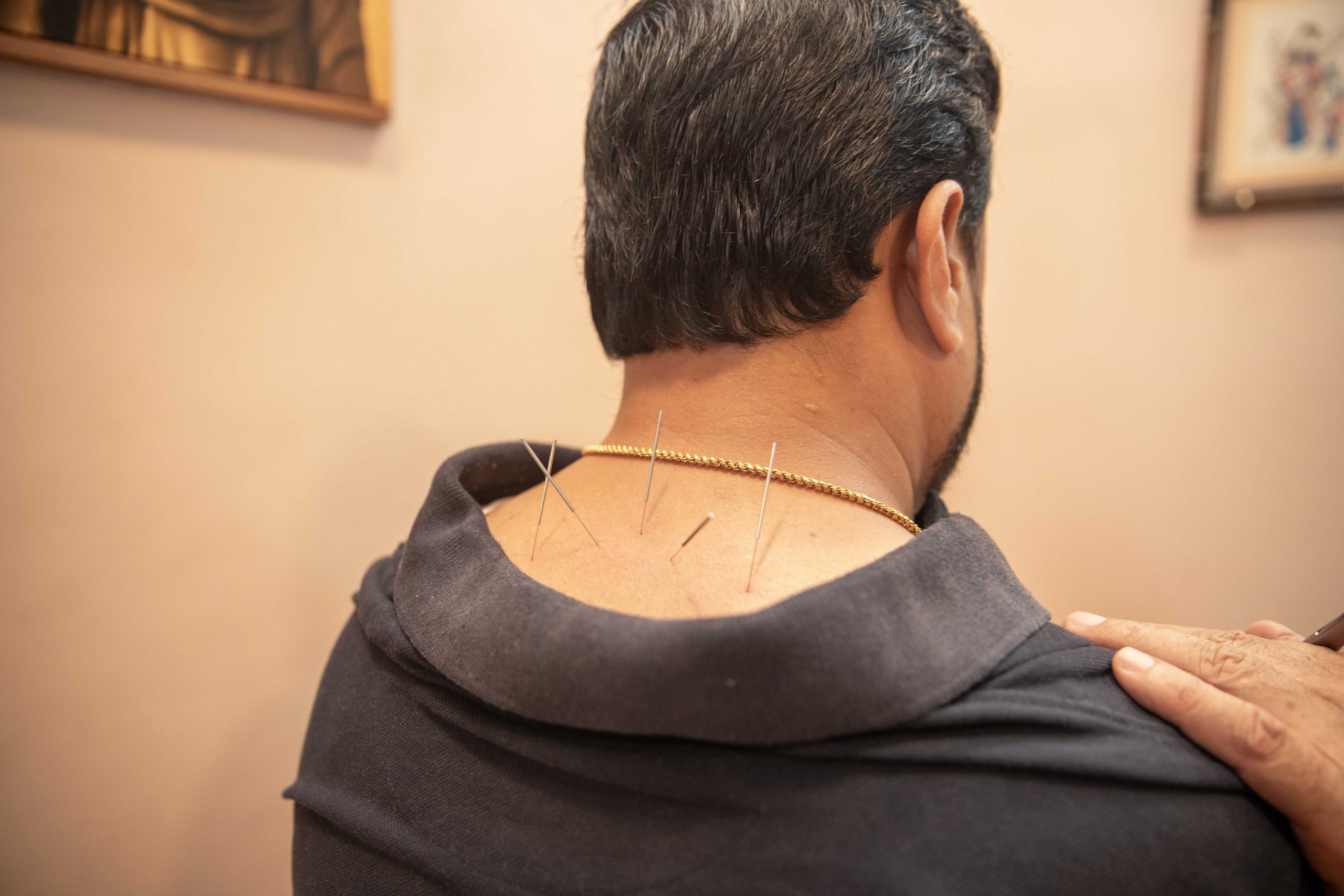 With digital tools, telemedicine and artificial intelligence transforming healthcare, how can SOHAM’s assessment model be adapted into a tech-based tool without losing the human touch that you consider essential in your practice?
With digital tools, telemedicine and artificial intelligence transforming healthcare, how can SOHAM’s assessment model be adapted into a tech-based tool without losing the human touch that you consider essential in your practice?
The personalised human touch, particularly at secondary, tertiary, and rehabilitative levels, shall always retain its value. However, telemedicine and AI can be important tools to reach the masses for primary promotive, preventive, and early detection of disease while enabling simultaneous reversal.
During the COVID-19 outbreak, you spoke about uncertain effects of vaccines and allopathic medicine. Looking back, what lessons can be drawn to strengthen immunity and ensure mankind’s success in fighting against pandemics and overcoming lingering shadows of corona like long COVID?
Without getting into the controversy of COVID-19 vaccination, the pandemic surely taught the lesson that modern medicine didn’t offer any conclusive therapeutic tools against this pandemic. It was startling to read statistics that a country like the USA with its 32 times higher GDP, spending 16 per cent of it on healthcare, had 6–8 times higher incidence as well as mortality compared to our country with its huge population, much higher density, and meagre resources.
This fact cautions serious chinks in a healthcare delivery system with exclusive reliance on allopathic medicine. Thus, the WHO has revised its 2025–2034 strategy whereby it will assist member states in strengthening the evidence base for Traditional Complementary Integrative Medicine (TCIM), bolstering safety, quality and effectiveness, and, where appropriate, facilitating its integration into health systems.
As regards immunity, holistic medicine relies on the age-old gospel that human health is an outcome of its dynamic interaction with the environment and its flora, fauna and microbes, designed by nature to render mankind a symbiotic benefit. Vaccines are supposed to provide only partial, acquired artificial protection. A notable limitation of vaccination is revealed by BCG being administered all over our country for the past 70 years. Yet official statistics reveal that roughly 30 lakh people were newly affected with TB, and about 3.5 lakh people died from the disease in 2023.
Holistic medicine focuses on treating the whole person—physical, emotional, social, and spiritual—while integrative medicine combines conventional medical treatments with complementary therapies. Its drug-free modalities are appropriate to complement not only allopathic medicine but also other drug-based systems like Ayurveda, Homoeopathy, Siddha or Unani.
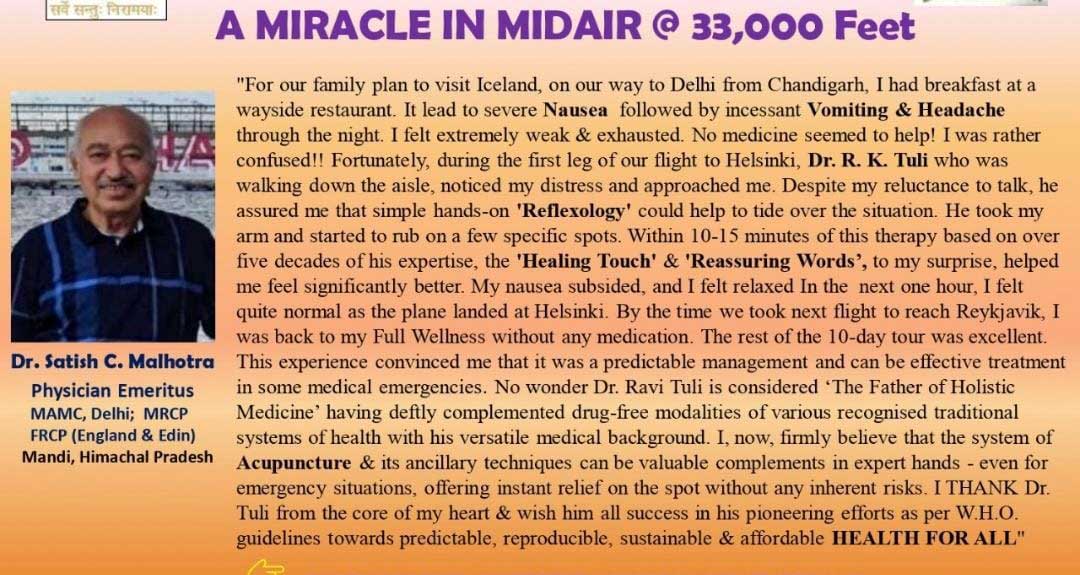
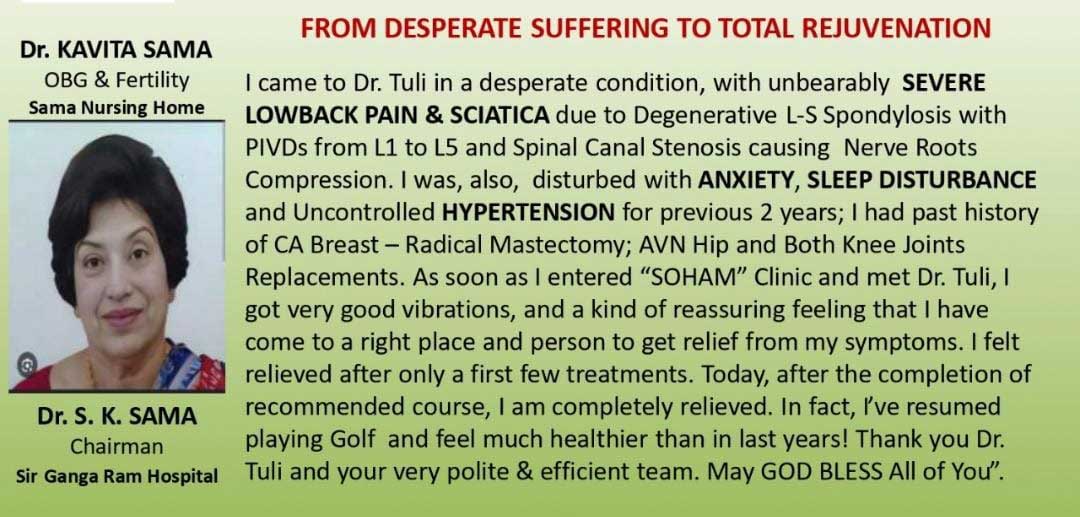 Do you think it is credible enough to rely on patient testimonials? Do you propose to move beyond anecdotal evidence—for example through clinical trials, registries, or partnerships with universities—to publish strong proven results, R&D or evidence?
Do you think it is credible enough to rely on patient testimonials? Do you propose to move beyond anecdotal evidence—for example through clinical trials, registries, or partnerships with universities—to publish strong proven results, R&D or evidence?
Patient testimonials attain tremendous significance and don’t remain mere anecdotal when they share predictably reproduced sustainable benefits, especially in multiple medically incurable diseases progressively deteriorating despite the best of medical care. They don’t remain anecdotal when they save lives consecutively not only in remote areas, but even in failed cases in hospital ICUs. They seek attention when they are reported by the Who’s Who of the country and abroad, including top-notch medical experts frustrated by conventional treatments.
In fact, all great scientific phenomena like Newton’s observation of the fall of an apple or Archimedes’ Eureka moment sowed seeds of revolutions that started with single episodes. Many medical procedures were also initiated from single case reports, while several drugs were discovered accidentally. Unfortunately, holistic medicine faces resistance because its benefits come entirely from non-pharmaceutical means. The truth is, nobody wants to lose their long-term revenue-generating clients, even while professing ideals like “Patient First.”
Undoubtedly, it is essential to establish the scientific validity of holistic medicine through large-scale, multicentric, controlled studies. Over the past three decades, I have exploring every avenue, seeking support from hospitals, governmental bodies, corporations, or NGOs for scientific validation and research & development (R&D) of this universally beneficial, humane cause, but without success.
I sincerely hope that this story, featured in the prestigious health magazine ‘Double Helical’, will ignite a breakthrough revolution for the appropriate scientific development of this universally beneficial phenomenon, promising harmless and affordable ‘Health for All’.
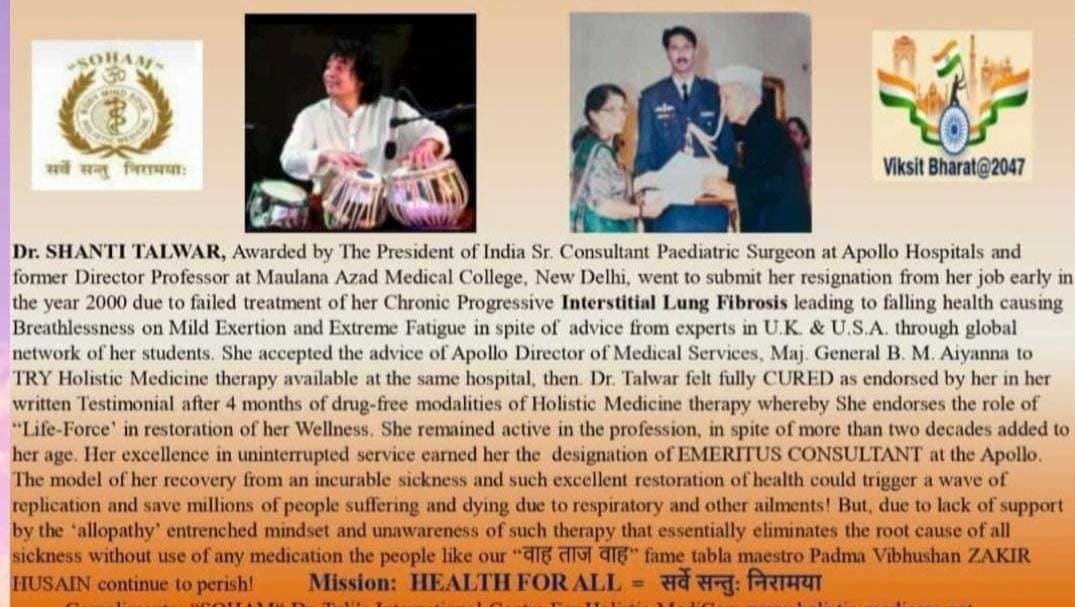
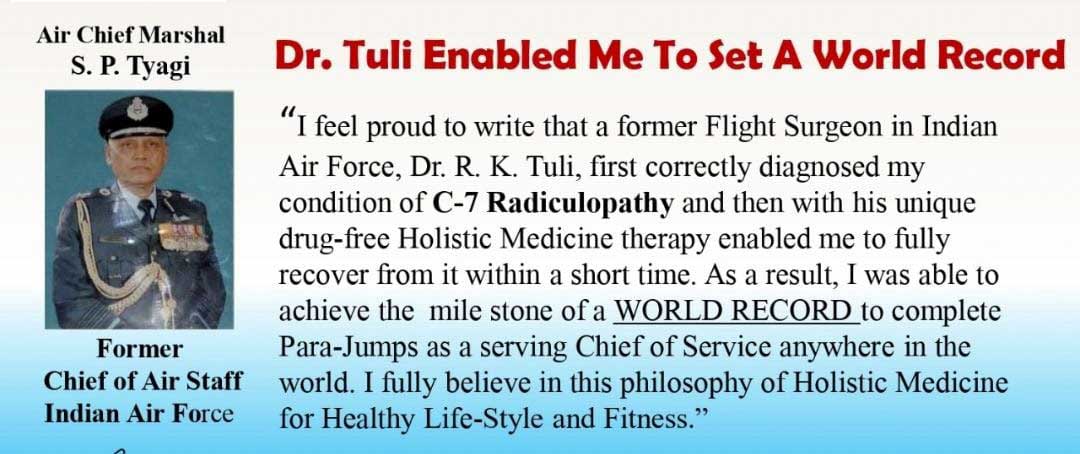 Have you ever dreamt of setting up a National Centre of Excellence in Holistic Medicine? What kind of roadmap do you envision for it in terms of training, ethics, data standards, and working with major hospitals?
Have you ever dreamt of setting up a National Centre of Excellence in Holistic Medicine? What kind of roadmap do you envision for it in terms of training, ethics, data standards, and working with major hospitals?
Certainly, there is a pressing need for a ‘Centre of Excellence’ dedicated to this most humanitarian cause. My envisioned roadmap includes:
• Training: Establishing a comprehensive curriculum that blends modern medical education with traditional healing practices, training healthcare professionals to adopt a holistic mindset.
• Ethics: Upholding strict ethical guidelines to ensure patient-centred care, transparency, and respect for all healing traditions, free from commercial bias.
• Data Standards: Implementing rigorous data collection and analysis protocols to document outcomes, ensuring standardised, peer-reviewed evidence that meets global benchmarks.
• Collaboration with Major Hospitals: Forging strategic partnerships with leading institutions like Apollo Hospitals, AIIMS, and others to integrate holistic practices into mainstream healthcare, facilitating knowledge exchange and multicentric research. This Centre of Excellence would serve as a beacon of hope, advancing holistic medicine through innovation, inclusivity, and scientific rigor, ultimately transforming global health paradigms.
I have received the highest level of personal appreciation for my dedication to this field from both peers and the public at large. Ultimately, however, the success of this initiative will be measured by its ability to scale these benefits for all, thus embodying the principle of Sarve Bhavantu Sukhina – Sarve Santu Niramaya: may all be happy and free from disease.
